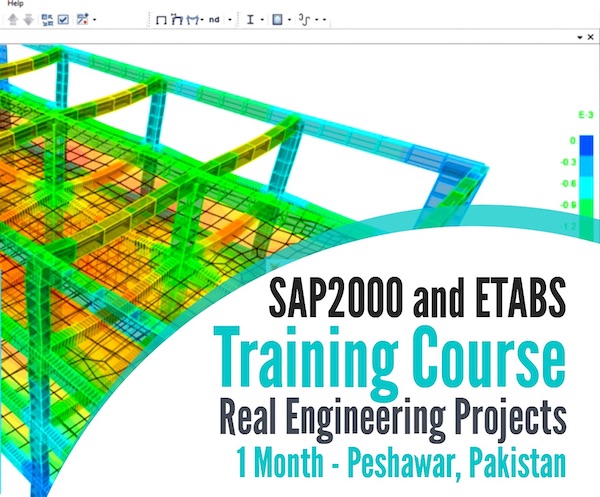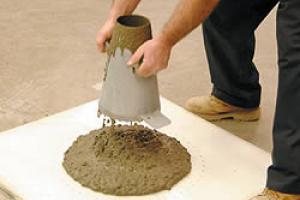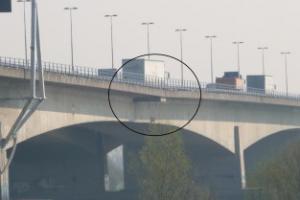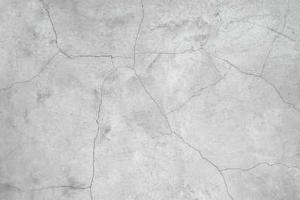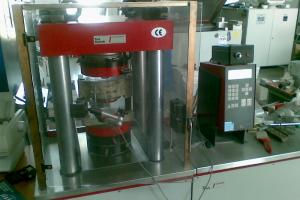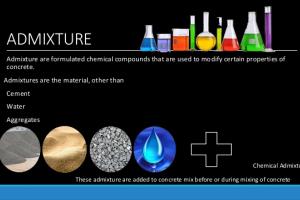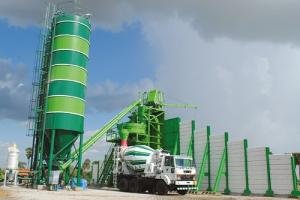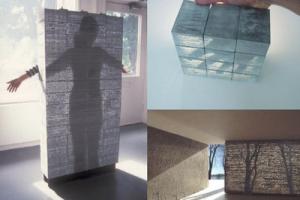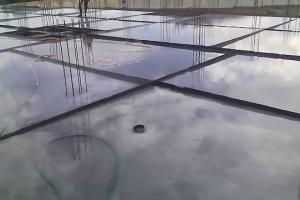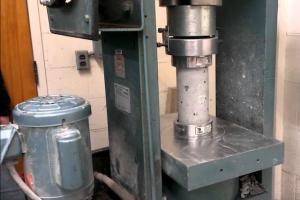Methods of Transportation of Concrete
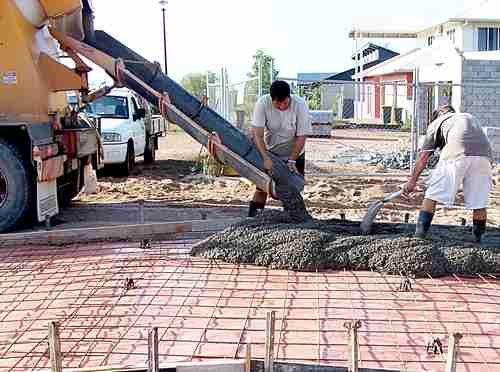
Definition:
Transporting the concrete mix is defined as the transferring of concrete from the mixing plant to the construction site. The main objective in transporting concrete is to ensure that the water-cement ratio, slump or consistency, air content, and homogeneity are not modified from their intended states. Concrete produced from a mixer is required to be transported to the forms for placement. This handling may produce segregation and loss of slump, if the distance is long.
That is further defined in different ways like:
Methods of Transporting Concrete
Methods of transporting and placing concrete which are used widely, are:
- Discharge directly into forms through short chute
- By barrows:
- Wheel burrows and handcarts.
- Power barrows or power buggies
- Dumpers and trucks (agitating or non agitation)
- Monorail system
- Elevating towers and hoists
- Skips operated by cranes or overhead cable ways
- Belt conveyers and boom conveyers, it can use on small location
- Tremie
- Concrete pumps and pneumatic placers
- Any combination of above.
So now discussing transporting methods further in detail:
a. Direct Discharge, Manual Transport in Containers and short chutes
- Free fall of concrete over a height of 2 m should be avoided.
- Short chutes with proper lower end treatment (Concrete should be re-mixed at the lower end by passing down through a funnel-shaped pipe or drop chute so that the concrete mix is workable and cohesive) are simple to use and economical.
- Chutes which are Metallic, half round in section, stiffened at places may last to handle about 1500m3 of concrete.
- Long chutes are less desirable as they have the tendency to cause segregation in the concrete mix.
b. Burrows
- Manual wheel burrow has capacity up to 80 kg of concrete (2.5 Cu-ft). It is used for long horizontal distances.
- Power burrows' capacity is up to 800 kg and can be used for horizontal distances upto 300m. They can also be used to haul concrete to a gradient of 20%. Part of the mixer is single burrow. If you take a part of concrete in one burrow and the other part of concrete in another burrow, it might be problematic because uniformity of concrete will be disturbed.
c. Dumpers and Trucks
- Dumpers and trucks (Horizontal transport) are used for long hauls. Because of the jolting on the ground, ordinary trucks and dumpers tend to cause segregation of concrete during transit.
d. Monorail system
- Monorail system needs a track and consists of a power wagon mounted on the single rail track, which can move at a speed of 80-90 m/min. This kind of tracks are used in construction of tunnels, dams and other such kind of constructions.
- Segregation of concrete may take place due to jolting of concrete in the wagon over each rail joint. Hence, wet mixess are generally unsuitable for monorail transport. When the rail track runs over the slab form, the wagon can directly discharge on the form.
e. Elevating towers and hoists (Vertical transport)
- Elevating towers are used for lifting concrete buckets, which can be distributed using a chute or by other means such as barrows, etc. This kind of transport can be used for construction of multi-storey building, bridges and towers.
- Hoists operate on similar principle; a cantilever platform hoist operates along a steel lattice mast.
- Concrete skip can be used directly, that can till and discharge the concrete on some distribution system.
f. Cranes and Cable way (Two or three dimensional transport)
Cranes and cableway is use for three dimensional purpose of transport. It can be used in projects where concrete is to be transferred across a valley or some obstruction like a river, sea or road. Cranes can be used for various high rise buildings and many other type of constructions also.
- Cranes or cableways may be used for three dimensional transport of concrete. Cable way is useful in river valley projects; cranes of various types are also useful in high rise building construction in congested sites.
- Depending upon the site, cranes may be any one of the following types such as derrick crane, tower crane, crawler mounted, or wheel mounted, or a hydraulic crane.
- The main consideration in selecting the crane is height and radius of operation.
g. Belt Conveyor
Belt conveyor is used for very short distance, not for large distances
- Belt conveyors needs small power.
- Discharge can be as high as 115 cu-m/hour on a narrow strip of belt the main consideration in selecting the crane is height and radius of operations.
- Conveying concrete through a limited elevation of 30 degrees is also possible through belt conveyors.
- For wet mixes the capacity of the belt is reduced as the inclination through which concrete can be lifted is also lowered.
- It is recommended that low slump concrete be used for slower moving belts and higher slump concrete by faster moving belts.
- Concrete tends to segregate in steep inclines as the belt passes over the rollers, this problem is less acute in drier mixes, and segregation at the discharge point may be avoided using proper hopper and the chute arrangement.
- In case of a breakdown of machines, large amount of concrete in the belt needs removal by other means and the belt is to be cleaned and washed.
- Their initial cost of setting up is also high.
Concrete Buckets or Skips
The buckets and skips are very common equipment. They are used together with many things. Some different types of buckets which are used in concrete transporting are:
- Roll-over and
- Constant altitude type
-
- The capacity of skip may vary from 0.2 m3 in small jobs to 10m3. It depends upon the size.
- The control of discharges is obtained from good design in terms of shape of the gate for proper flow. The ease of filling and resistance to wear and tear are other aspects of good design.
- Buckets are also used for under water concreting.
Transportation of Concrete in Under Water Concreting:
Under water placing of concrete poses a number of problems, as concrete cannot be compacted and concrete may get mixed with water. Whenever, possible under water connecting is to be avoided. To overcome the problems mentioned above, concrete must be self compacting and wet enough to flow under its own weigh, and must be placed with least disturbances.
Methods of Transporting Concrete Under Water
- Pre packed or grouted concrete
- Termite or buckets
- Pumping
- Dumping by bags
Each of this method is used in different situation. First let look at buckets, buckets can be used through cranes and that sort of equipment. It is filled up from top and lifted off up, when its reach the ground where it is supposed to discharge, open the screws at the bottom, when buckets is lifted up more so the scot is actually on the ground and concrete is discharged with in scot which does not immediately come into water, this is one common way to use under water concrete.
Tremie
The most common way to use concrete under water is tremie; this is done by tremie pipe. There are 2 retaining walls beside the tremie pipe. This pipe is made piece by piece, and concrete is discharged at the bottom. Only the cement of top surface will contact with water, rest of the concrete will not contact with the water. The other method which can be used for mixing and can transport over a large distance is through "ready mixed concrete". This is very much used where the area is congested and one cannot mix the concrete on site.


